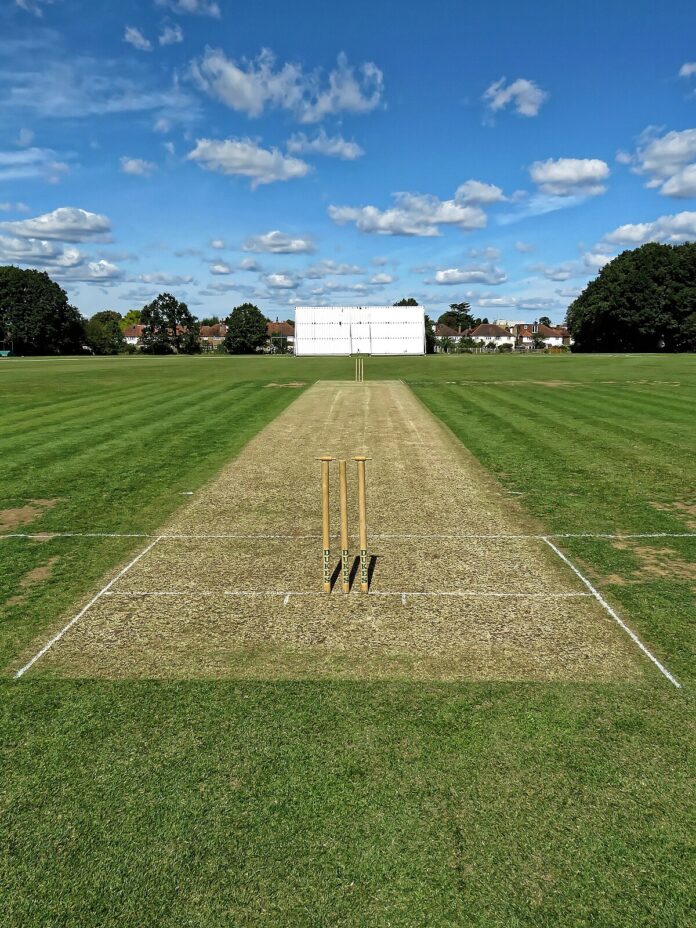In fantasy cricket, building a winning team is about more than just picking your favorite players or big-name stars. To climb the leaderboard consistently, you need to go a level deeper into strategy. Two of the most important, yet often overlooked, factors when choosing players are pitch conditions and ground size. While form and recent performance are essential, understanding how a pitch behaves and how big (or small) the ground is can dramatically influence player selection. These environmental variables can often be the difference between a top 100 finish and a mid-table score in fantasy cricket games. So why are these elements so critical? Let’s break it down.

The Role of Pitch Conditions in Fantasy Cricket
Every cricket pitch has a character of its own. Some are spin-friendly, others help pacers, while a few are flat batting paradises. The behavior of a pitch can change based on weather, usage, and format of the game. Ignoring this can lead to poor player picks, even if they’re world-class athletes.
For example, picking multiple fast bowlers on a dry, dusty Indian pitch known for aiding spin is a clear miscalculation. Similarly, banking on spinners at the Wankhede Stadium, where true bounce and short boundaries support aggressive batting, could leave you with very few points.
Understanding pitch conditions helps in:
- Picking the right type of bowlers—pace or spin.
- Deciding whether to go heavy on top-order batters or finishers.
- Forecasting match tempo: high-scoring or low-scoring—before it begins.
This insight can give your team the tactical edge it needs in a competitive fantasy setup.
Why Ground Size Should Influence Your Picks
The size of the ground is another essential, yet underestimated, factor. Grounds with short boundaries (like Chinnaswamy in Bengaluru) are dream venues for big-hitters. On the flip side, larger stadiums like the MCG or Dubai International Stadium challenge batters to clear the fence and give bowlers more margin for error.
When selecting batters for fantasy cricket games, a smaller ground increases the chances of sixes and boundaries, translating into higher points. Finishers or aggressive middle-order batters thrive in such scenarios.
Bowlers who rely on flight and slower balls may struggle on small grounds, whereas larger stadiums allow them to toss the ball up and deceive batters with confidence.
It also plays a role in fielding points. Larger grounds demand more running and effort, increasing the potential for catches, boundary saves, and run-outs. These contributions often bring in additional points and can be the surprise element in your fantasy tally.
How to Use This Information
Let’s say you’re creating a team for a T20 game being played in Sharjah. You already know it’s a small ground with flat pitches. This should instantly push you toward selecting aggressive batters and bowlers with variations like yorkers or cutters, rather than relying on express pace.
On the other hand, if the game is at Chepauk in Chennai, where the surface slows down and assists spin, you should be looking to stack your fantasy team with spin bowlers and batters who handle spin well.
Another example is the Newlands in Cape Town. It often offers movement to fast bowlers early on, especially under lights. Knowing this, you might want to load your side with swing bowlers and avoid openers who struggle against pace.
Keeping an eye on pitch reports, weather updates, and past matches at a venue helps you build a sharper, smarter fantasy team, not just one based on big names.
Fewer Surprises, Better Rewards
Many fantasy players rely solely on stats or reputation, but matches aren’t played on paper. Conditions change outcomes. A world-class bowler may go wicketless on an unresponsive pitch, while an uncapped spinner might shine on a slow surface.
Factoring in the pitch and ground dynamics reduces your chances of getting blindsided. It also means you’re picking players who not only have potential but are situationally suited to perform.
A Balanced Approach
Of course, pitch and ground aren’t the only things that matter. Recent form, player roles (opener, death bowler, etc.), and match-ups (like left-hand batters vs off-spinners) all play their part. But by combining these with environmental factors, you’re playing a complete game.
That’s the level of thinking needed to consistently perform well in fantasy cricket games, where margins are slim, and a few points can change your entire rank.
Final Thoughts
The best fantasy cricket players treat team building like a puzzle. While talent, stats, and form are key pieces, the conditions on the day complete the picture. Pitch and ground insights aren’t advanced metrics; they’re basic tools that, when used right, can dramatically improve your results. The difference lies in preparation. So before locking in your team on your favorite fantasy cricket app, take a few minutes to study the venue. Understand what kind of game is likely to unfold and pick your players accordingly. Whether you’re playing for fun or aiming to top the charts, success in fantasy cricket comes from smart, informed decisions. And nothing informs better than the pitch underfoot and the boundaries around it.




